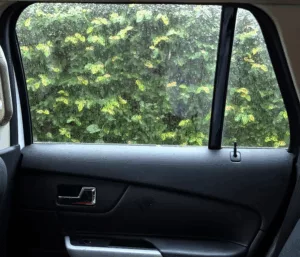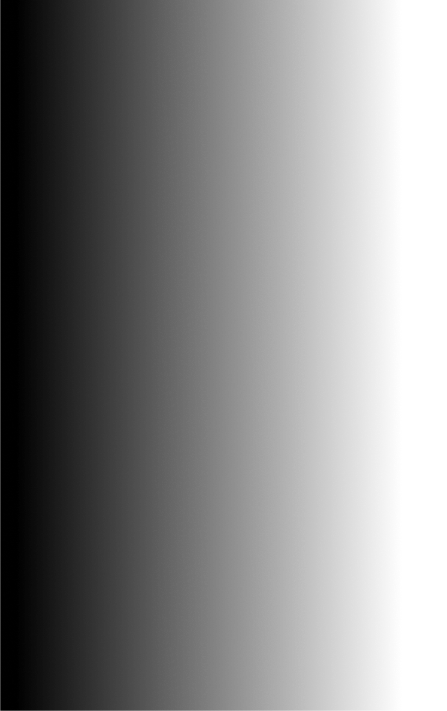Virginia Window Tint Laws 2025: Is 20% Tint Legal?
Virginia Window Tint Laws – Is 20% Tint Legal in Virginia?
Window tinting is a popular car upgrade in Virginia, valued for privacy, heat reduction, and enhanced aesthetics. But before you darken your car windows, it’s essential to understand what the law allows. Many drivers ask: Is 20% tint legal in Virginia? In this guide, we’ll break down everything you need to know about Virginia window tint laws in 2025, and how TERMINAX can help you stay compliant while keeping your car stylish and comfortable.

What Does 20% Window Tint Mean?
“20% tint” refers to the Visible Light Transmission (VLT) level—the percentage of light allowed through your window. A 20% VLT tint allows only 20% of visible light to pass through and blocks the remaining 80%. This is considered a dark tint and is often used for privacy or appearance.
But can you use it legally in Virginia? It depends on your vehicle type and which window you’re tinting.
Virginia’s Legal Window Tint Limits (2025)
Virginia Code §46.2-1052 outlines the state’s tint laws, which vary depending on vehicle classification and window position.
For Passenger Cars (Sedans, Coupes, Hatchbacks):
| Window | Minimum VLT Allowed | Notes |
| Windshield | Tint only above AS-1 line (top ~5″) | No tint below this line |
| Front Side Windows | ≥ 50% VLT | Must let in at least 50% of visible light |
| Rear Side Windows | ≥ 35% VLT | Darker tints are not allowed |
| Rear Windshield | ≥ 35% VLT |
For Multi-Purpose Vehicles (SUVs, Vans, Trucks):
| Window | Minimum VLT Allowed | Notes |
| Windshield | Tint only above AS-1 line | Same as passenger vehicles |
| Front Side Windows | ≥ 50% VLT | No exceptions |
| Rear Side Windows | No limit | 20% or darker is allowed |
| Rear Windshield | No limit | Any tint of darkness permitted |
Additional Requirements:
- Reflectivity: Must not exceed 20% on any window.
- Side mirrors: Required if the rear window is tinted.
- Color restrictions: Red, amber, and yellow tints are prohibited.
- Enforcement variance: ±7% tolerance—e.g., 43% is acceptable for a 50% requirement.
Is 20% Tint Legal in Virginia?
Let’s break it down:
- Rear side and rear windows on SUVs/trucks/vans: Yes—20% tint is legal.
- Front side windows on any vehicle: No—must be 50% VLT or higher.
- Rear windows on sedans: No—must be 35% or higher.
So, a 20% tint is not legal on the front or rear side windows of sedans unless you qualify for a medical exemption.
Medical Tint Exemption in Virginia
If you have a medical condition that requires additional sun protection—such as lupus, albinism, or photosensitivity—you may apply for a medical exemption under §46.2-1053.
With an approved exemption:
- Front side, rear side, and rear windows: May be tinted down to 35% VLT.
- Windshield: Can have up to 35% tint on the top 5 inches (AS-1 line), or 70% tint over the full windshield.
To apply, you’ll need:
- A licensed doctor or optometrist to complete the official DMV medical authorization form.
- DMV approval.
- The exemption certificate should be kept in your vehicle at all times.
What’s the Difference Between a Sedan and a Multi-Purpose Vehicle?
In Virginia, multi-purpose passenger vehicles (MPVs)—like SUVs, trucks, and vans—have more lenient tinting rules. They’re classified differently from passenger cars, such as sedans and coupes.
So if you drive a multi-purpose vehicle, you can legally use 20% tint (or darker) on your rear windows. Sedans do not have this flexibility.
Why Do People Prefer 20% Tint?
Even though it’s not legal for all windows in Virginia, 20% tint remains a top choice for certain applications:
- Privacy: Makes it harder to see into your vehicle.
- UV protection: Blocks over 99% of harmful UV rays.
- Heat reduction: Keeps the cabin cooler, improving comfort.
- Security: Conceals valuables.
- Aesthetics: Sleek, professional appearance.
Just be sure to stay within the legal guidelines—or risk fines, citations, or removal orders.
Penalties for Illegal Tint in Virginia
Tinting violations are taken seriously in Virginia:
- First offense: Class 3 misdemeanor; fines apply.
- Repeat offenses: Class 2 misdemeanor; higher fines and possible jail time.
- Police use light meters during stops to measure VLT.
- There is a 7% variance allowance built into enforcement to account for measurement differences.
Important: Police cannot stop you only for window tint—there must be another primary traffic violation.
FAQs
Can I use 20% tint on my SUV?
Yes, on the rear windows and rear windshield. The front side windows must still be 50% VLT or lighter unless you have a medical exemption.
What if my tint is already installed and slightly darker than allowed?
Virginia allows a 7% variance, so a 43% tint on a front window is acceptable where 50% is required. However, 20% is still too far below the legal limit for the front side windows.
How do I get a medical tint exemption?
Fill out the DMV’s Sun-Shading Medical Authorization, have your doctor sign it, and submit it for approval. Once granted, keep the certificate in your vehicle.
Stay Legal and Stylish with TERMINAX
Choosing the right window tint isn’t just about appearance—it’s about compliance, performance, and protection. That’s where TERMINAX comes in.
Why Choose TERMINAX?
- Nanoceramic film: Advanced technology for maximum UV & heat rejection.
- Available in multiple VLT options: Including 20%, 35%, and 50%.
- Low reflectivity: Fully compliant with Virginia law.
- Compatible with medical exemption requirements.
- Sleek design: Premium aesthetics with long-lasting durability.
Whether you’re enhancing your SUV or ensuring legal tint for your sedan, TERMINAX delivers premium results you can trust.
Final Thoughts
So, is 20% tint legal in Virginia? Only in certain situations:
- Legal on rear windows of multi-purpose vehicles (SUVs, trucks, vans)
- Not legal on front side windows of any vehicle without a medical exemption
- Not legal on rear windows of sedans below 35% VLT
Know your vehicle classification, follow the VLT limits, and consider a medical exemption if needed. With the right information—and the right film from TERMINAX—you can enjoy the benefits of window tinting without breaking the law.


